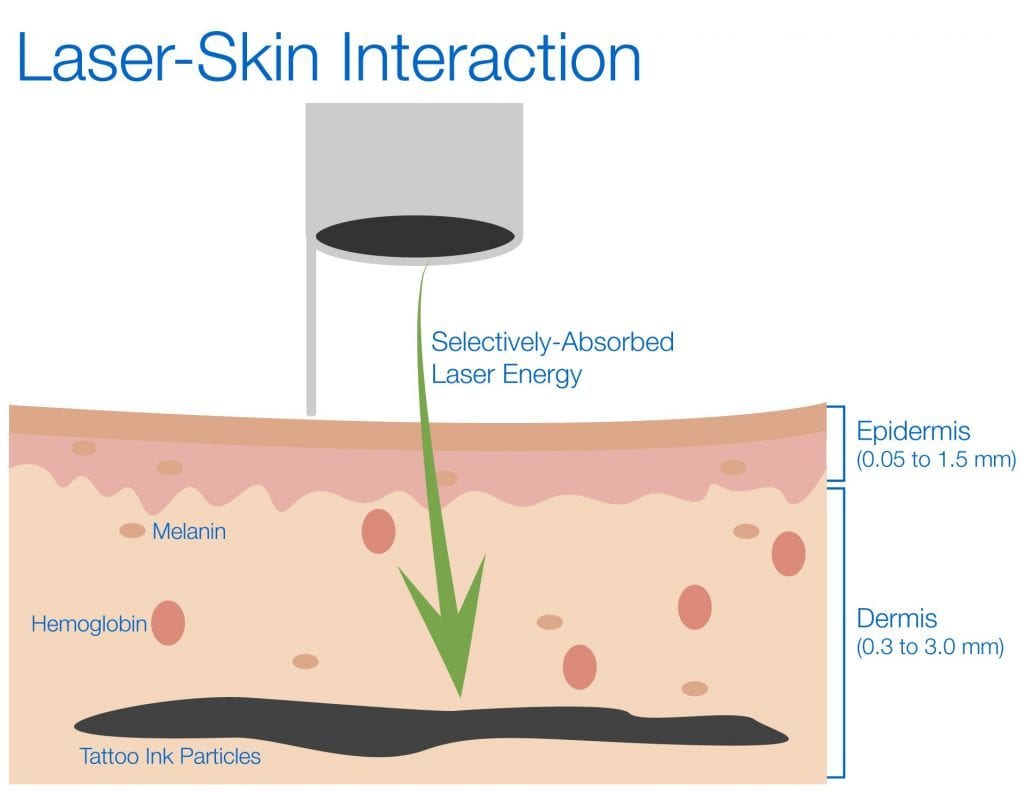At Impulse Skin & Laser, we know that Richmond, Virginia, is the third most tattooed city in America. Because of this, we saw that the need for tattoo removal in our area was going to increase exponentially. That is why we focused on providing superior service for tattoo removal. Our owners, Drew Everhart and Lauren Abel, were trained at New Look Laser College for tattoo removal. We have 3 years of experience in tattoo removal and several clients have experienced successful removals. Let Impulse help you erase that tattoo regret!

